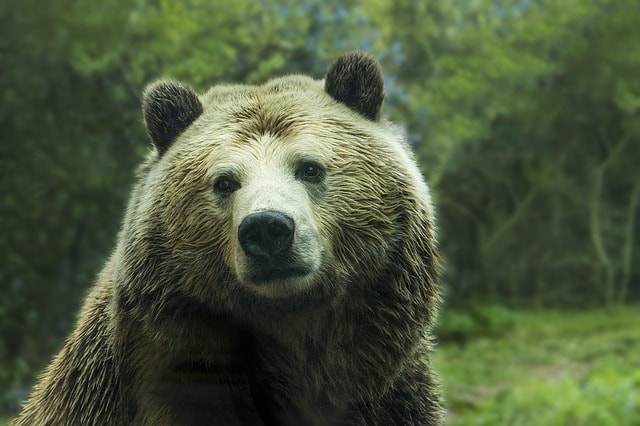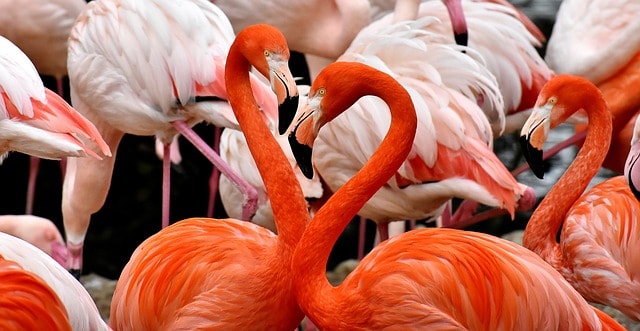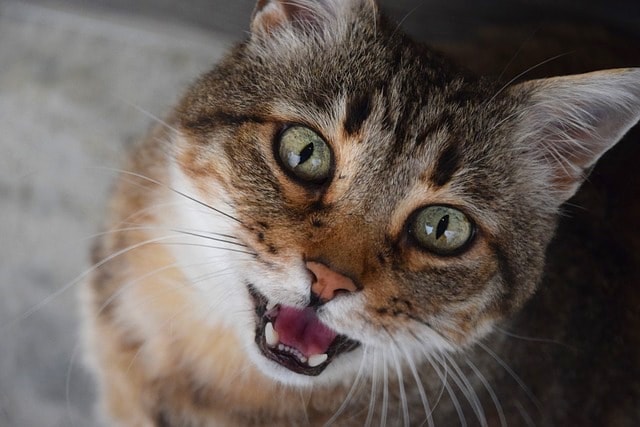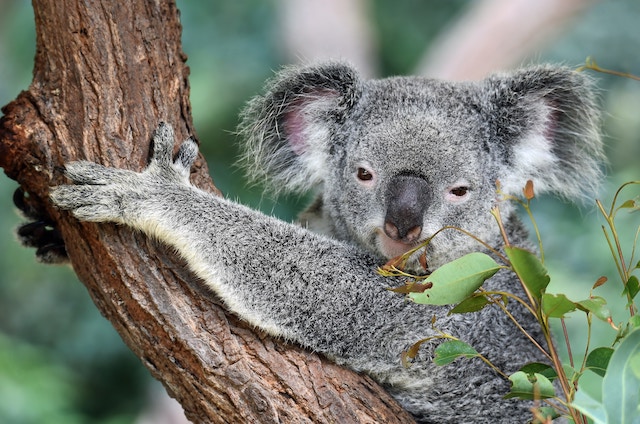We all have our own hidden talent or habits, so why would it be any different with animals? With over 8.7 million species living on planet earth, it seems only natural that some have their own special body compositions and unique quirks (so we recommend you know how to act around them). We guarantee you never knew some of these unusual animal facts!
A Grizzly Bear’s Powerful Jaw

We know better than to mess with a giant grizzly bear in the wild, but this fact might make you even leerier of even getting close to the animal. Turns out, a grizzly bear’s bite is strong enough to break a bowling ball!
A Food-Fueled Flamingo’s Coat

For those that have never seen a flamingo in the wild, typically one pictures the animal as a bright pink. In reality, flamingos are white! The reason they appear pink is due to their diet. A flamingo’s coat will change to a pink hue if they eat large amounts of brine shrimp and algae.
The Feline Form Of Communication

Everyone from a young age learns that cats say “meow,” and yet… meowing isn’t actually a cat’s way of communicating with one another! Scientists have concluded that meowing is in reality just a cat’s way of getting human attention, nothing more.
The Not-So-Mighty Cry Of A Bald Eagle

Typically we associate bald eagles with power, strength, and a piercing cry. However, the national symbol of America really has a pipsqueak voice, that sounds more like yips. The sound is so meek and mild, that Hollywood producers actually dub the voice of bald eagles in movies with the sound of a red tailed hawk.
A Criminally Confusing Koala

The cute and fuzzy koalas from Australia actually have fingerprint formations that are almost identical to that of a human. As a result, koala fingerprints have sometimes been accidentally confused for a human’s at crime scenes of various criminal investigations.
A Snail Snooze Fest

Snails are slimy by nature and will die if they dry out and are exposed to too much heat. As a result, snails have developed hibernation tactics for when they detect the air is dry. They burrow underground or curl in their shells and sleep– sometimes up to three years! Talk about a real power napper!
Photos: Pixabay, Unsplash
